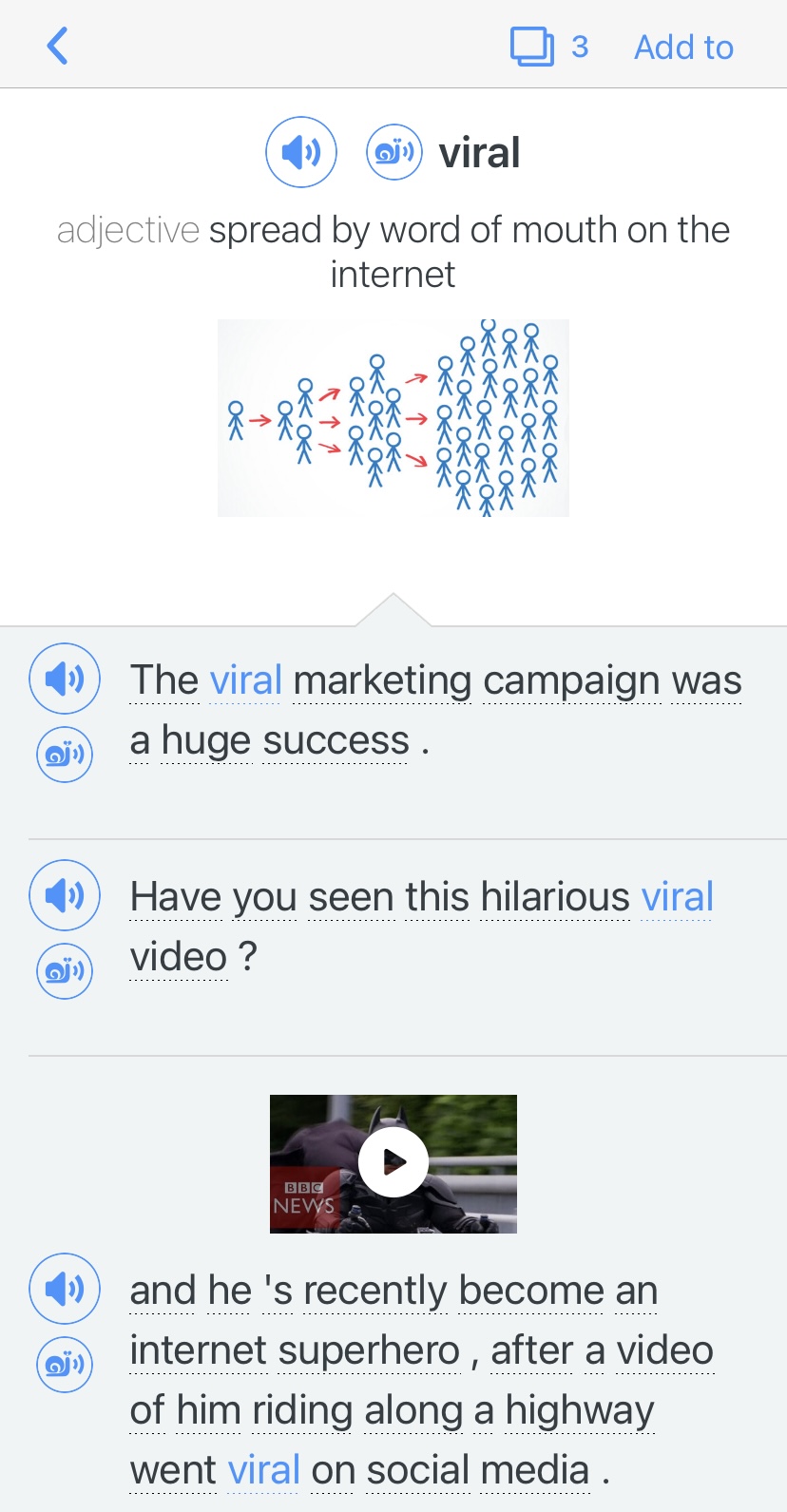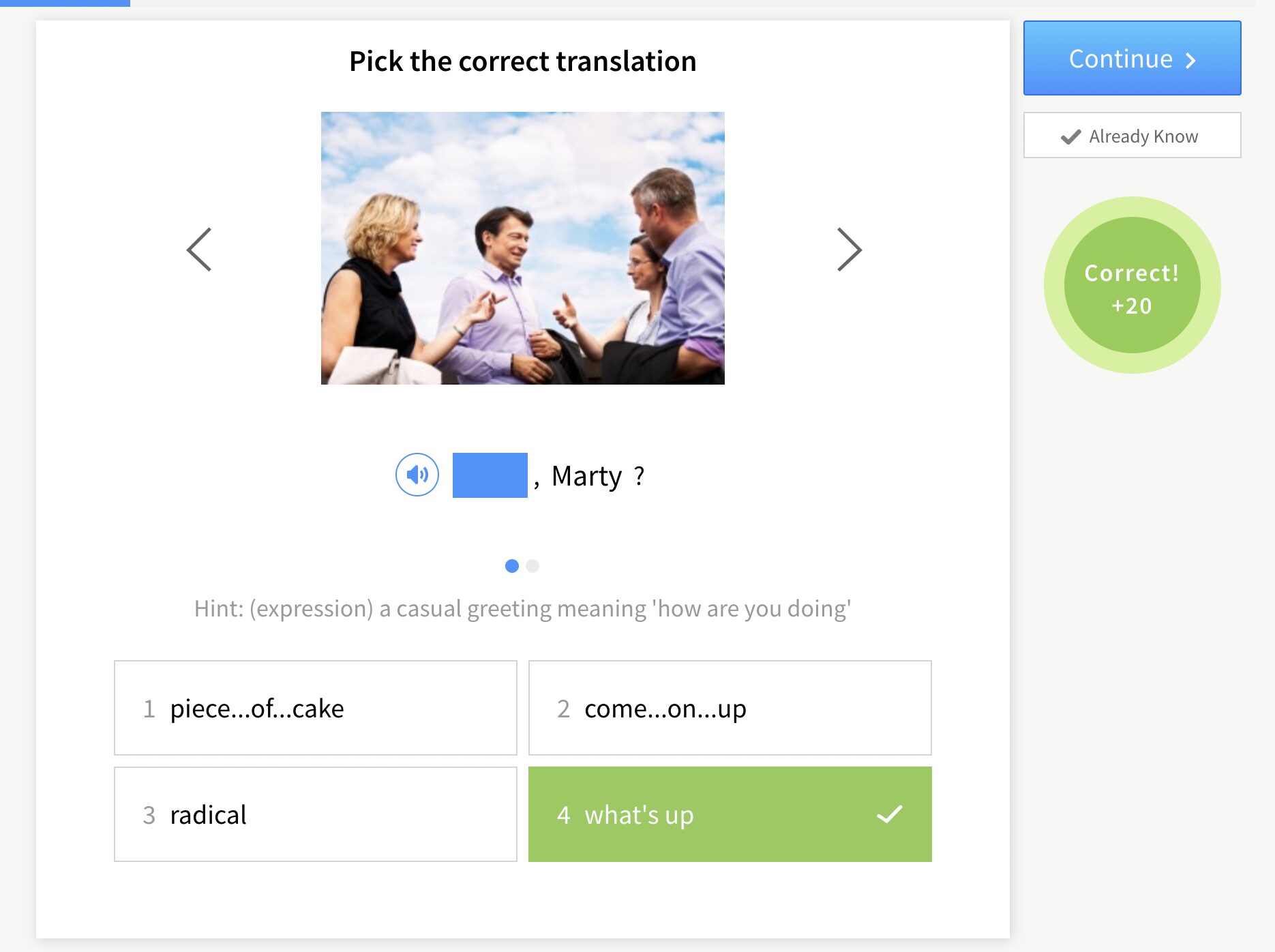Contents
- 1. Teach Through Play
- 2. Incorporate Students’ Interests into Your Lessons
- 3. Blogs for Creative Writing
- 4. Video Games for Motivated Practice
- 5. Skype for Real Conversations
- 6. Celebrate Student Accomplishments
- 7. Spaced Learning to Better Absorb Information
- 8. Conduct Classroom Experiments
- 9. Encourage Reflective Thinking
- 10. Foster Connections Between Students
- And One More Thing…
10 Innovative Ways to Teach English

Teaching English creatively can be one of the best ways to engage your students in what they’re learning, and make it more likely that they’ll retain information in the long run. But, if you really want to teach creatively, it has to affect what you teach and how you teach it, not just what projects you include at the end of the unit.
Read my guide for 10 ways that you can make your lessons more creative, with fun activities, useful resources and more.
Download: This blog post is available as a convenient and portable PDF that you can take anywhere. Click here to get a copy. (Download)
1. Teach Through Play
Play is fun and freeing. It allows students to get engaged with English in a low-stakes, entertaining setting. It creates positive associations with the language and provides the space for unique ideas or new questions to come to the surface.
But unstructured playtime can also devolve quickly into chaos. How can you incorporate play into the ESL classroom without the risk of wasting a class period? Here are some ideas for meaningful, educational classroom play:
- Games are a great way to encourage play for students. There are plenty of great games for the ESL classroom out there. And if you can’t find exactly what you’re looking for, create your own or modify one that already exists.
- Role plays are another way to encourage play among your students, especially if they include dressing up. When students play a role in a dialogue they get the chance to be someone else, and that allows different aspects of their personalities to come through.
2. Incorporate Students’ Interests into Your Lessons
Take advantage of the curiosity students already have by noting what interests them, what they ask questions about and what they do in their free time. Ask students what they would like to learn about, and take their ideas seriously.
Then, use students’ interests as a frame for teaching what you need to cover in your curriculum.
Here are some example ideas that you can use as a jumping off point:
- You can teach the past tense by asking students to summarize current events and pop culture, including anything from a recent soccer match to last week’s episode of “Survivor.”
- Teach vocabulary from a magazine or blog students like to read in their free time.
- Have students work on their speaking skills by role playing a favorite celebrity on a recent film or TV show.
But don’t stop there. Model curiosity for them. Give them the tools they need to ask questions and pursue knowledge by showing them how you do so in your own reading, research or daily life.
Highlights has some great suggestions for encouraging curiosity in kids.
3. Blogs for Creative Writing
Blogs can be a pretty motivating form of self expression, even for the students who aren’t passionate about writing.
Here are some reasons blogging will be beneficial to your students:
- It gives students a chance to be creative and empowers their voices.
- Their work will have an actual audience online, which gives their English a practical, non-abstract purpose.
- As they read one another’s blogs, they can reflect on their own learning and get ideas from others. This also supports a sense of community within your classroom.
- And with features like blog comments or messages, students will learn how to give and receive constructive feedback.
Classroom-friendly Blogging Platforms
- Edublogs — Edublogs is a student community platform that’s a part of the popular blogging site WordPress. There’s a group class website, which is good for publishing calendars and assignments, as well as study resources. Students can also individually publish their work or be involved in forums.
- Blogger — This is a pretty typical blogging site. It’s easy to use and free. Many believe it to be easier than WordPress. This may be a good option if students are doing more individual posts and less community classroom interaction.
- Write About — Write About, like Edublogs, is a classroom writing community. It’s great for its variety of features, including space for journaling, writing assignments, student portfolios and more. There’s also a nice “writing starters” option, which gives your students writing prompts and inspiration.
4. Video Games for Motivated Practice
A lot of my friends who speak English as a second language say that video games were a big help in picking up the language. For many students, the motivation to beat the game helps them stay focused and gives them the drive to practice.
You can recycle your favorite book-focused exercises, like character analysis, plot analysis and writing about the world and culture of the game.
Progress journals are also an option: daily charting of what happens in the game and how many points were earned.
Great Video Games for ESL Practice
- Final Fantasy — A role playing game that focuses on a group of characters who fight against an evil villain.
- Lunar (Silver Star) — One of a series of role playing video games that take place on an uninhabitable moon, Lunar, ruled by a goddess named Athena.
- Pokemon — A game based on the original anime series. In the original version, the idea is to collect Pokemon critters to beat other trainers and their Pokemon.
- Oblivion (The Elder Scrolls IV) — Action role playing game. The objective of the game is to thwart a cult that wants to open portal gates to a demonic realm named Oblivion.
5. Skype for Real Conversations
You’re probably already familiar with the popular video chat program Skype. But it’s also an excellent tool to give students real English conversation practice with native speakers.
If your school is located in an area with very few native English speakers, Skype lets them practice the skills you’ve been teaching without buying a plane ticket. You can ask some of your friends from the ESL world (or even other English-speaking friends and family) to donate an hour or two for Skype conversations with your classroom.
You can also encourage students to use Skype for individual language exchanges. Find out if your school has any relationships with other international schools, where students are learning your class’ native language and looking for speaking partners.
6. Celebrate Student Accomplishments
Celebration is a great way to support the successes of your students, and you should make room to celebrate often.
When you celebrate accomplishments, you help students see that they’re making progress and moving along the road to fluency. And when you point out their successes, they’ll be more motivated to reach for the next goal.
- You can create class books containing work from each of your students and put the book on display for all the members of your class to enjoy. You might laminate pages and bind them or make your book by placing student work into plastic sleeves and compiling them in a three-ring binder.
- You can also give students a chance to celebrate their own accomplishments. Consider scheduling regular “open mic” time where students can share their English successes. This is a great opportunity for them to note moments that they’re proud of, whether it’s getting a job after an interview in English or even just correctly asking for directions on the train.
By celebrating your students’ accomplishments, they’ll feel valued, supported and freer to express themselves in English in the future.
7. Spaced Learning to Better Absorb Information
A spaced learning plan takes advantage of the way our brains are wired to help us absorb information more quickly.
It’s a technique that was developed based on research about how memories function by neuroscientist R. Douglas Fields. The idea is to spend short but consistent periods learning and then reviewing new material to optimize the brain’s natural memory encoding process.
With the right formula, you can teach a new vocabulary set or grammar concept over the course of an hour-long lesson and know that it’ll be encoded into students’ long term memories. It may be hard to imagine, but below we’ll provide a sample lesson to show that it’s totally doable.
Example Spaced Learning Lesson
Say I wanted to teach a lesson on the differences between “would” and “could.” Here’s how my lesson might look:
- Step 1 (15 minutes): Use the whiteboard to explain the official grammar rules.
- Step 2 (5 minutes): Take a break to watch a video on the coffee culture of Seattle. (Yep, nothing to do with the grammar, just for fun.)
- Step 3 (15 minutes): Review differences between “would” and “could” quickly. Take a short fill-in-the-blank quiz.
- Step 4 (10 minutes): Play an easy improv game in English. (Also nothing to do with the grammar.)
- Step 5 (15 minutes): Do a real-life role play situation involving “would” and “could.” You could choose a restaurant or work situation, depending on what best serves your students.
8. Conduct Classroom Experiments
They’re not just for science class! Fun classroom experiments can be an exciting, creative way to get students speaking and thinking in English.
Encourage use of the scientific method in which students pose a hypothesis and then design experiments to test those hypotheses before coming to a conclusion. You can have students write down their hypotheses and results in English, which can then get presented orally at the end of class.
Here are some ideas for experiments that you can bring into your ESL classroom:
- The “egg drop” project is an easy and inexpensive experiment in which students can make predictions and test the outcomes, and it’s also good not-so-clean fun.
- Bring a little magic to the classroom with these three experiments that make magic before your eyes.
- Find out what soda does to your teeth with this simple experiment.
9. Encourage Reflective Thinking
Creative teaching doesn’t stop at coming up with new activities. Creative teaching is also about encouraging new ways of thinking, unique ideas and student-driven learning.
One of the best ways to do this is to encourage reflective thinking, or considering and analyzing the surrounding world and past events. For English learners, it means being able to learn from mistakes and decide what goals, practice habits and language tools will help in the path to fluency.
You can introduce reflective thinking in English to your classroom with a simple but effective activity. All you need to do is pick a recent lesson or project from your curriculum and ask students to list three things that went well and one thing they would want to improve.
So for example, if you recently assigned a book report, you might ask the students to list three things they enjoyed about putting together their own report and one thing about the process that could’ve gone better.
10. Foster Connections Between Students
At the end of the day, teaching English isn’t really about vocabulary lists and grammar drills. It’s about getting students to effectively communicate in English. It’s important that your creative teaching methods home in on this goal if you want them to have a real impact.
Fostering connections between your students is one of the easiest and most useful ways to do this. You can help create a supportive classroom environment by making sure to carve out time in your lesson plans for group work and collaborative learning.
Pair students up with different classmates, always giving them a common goal. As they pursue their goals and then achieve them, they’ll develop mutual understanding and encouragement and will support one another.
This will create a safe place for students to put their English skills to use in a supportive environment that encourages creativity.
Teaching English creatively is much more challenging than including creative projects in traditional education methods, but it’s so very worth it.
When our students can think for themselves and express their thoughts, support each other and explore and evaluate their own ideas, they’ll be confident learners, speakers and thinkers in the English language.
Download: This blog post is available as a convenient and portable PDF that you can take anywhere. Click here to get a copy. (Download)
And One More Thing…
If you’re like me and prefer learning English on your own time, from the comfort of your smart device, I’ve got something you’ll love.
With FluentU’s Chrome Extension, you can turn any YouTube or Netflix video with subtitles into an interactive language lesson. That means you can learn from real-world content, just as native English speakers actually speak.
You can even import your favorite YouTube videos into your FluentU account. If you’re not sure where to start, check out our curated library of videos that are handpicked for beginners and intermediate learners, as you can see here:
FluentU brings native English videos within reach. With interactive captions, you can hover over any word to see an image, definition, and pronunciation.
Just click on the word to see other example sentences and videos where the word is used in different contexts. Plus, you can add it to your flashcards! For example, if I tap on the word "viral," this is what pops up:
Want to make sure you really remember what you've learned? We’ve got you covered. Practice and reinforce the vocab from each video with learn mode. Swipe to see more examples of the word you’re learning, and play mini-games with our dynamic flashcards.
The best part? FluentU tracks everything you’re learning and uses that to create a personalized experience just for you. You’ll get extra practice with tricky words and even be reminded when it’s time to review—so nothing slips through the cracks.
Start using the FluentU website on your computer or tablet or, better yet, download our from the App Store or Google Play.
Click here to take advantage of our current sale! (Expires at the end of this month.)












